Things To Bear In Mind When Buying Corrugated Boxes
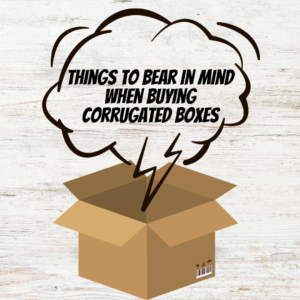 When buying corrugated boxes, there are several important factors to consider to ensure that you choose the right boxes for your specific needs. Corrugated boxes are widely used for packaging and shipping due to their durability, versatility, and cost-effectiveness. To help you make an informed decision, here are some key points to bear in mind when buying corrugated boxes:
When buying corrugated boxes, there are several important factors to consider to ensure that you choose the right boxes for your specific needs. Corrugated boxes are widely used for packaging and shipping due to their durability, versatility, and cost-effectiveness. To help you make an informed decision, here are some key points to bear in mind when buying corrugated boxes:
- Box Strength: One of the most critical factors to consider is the strength of the corrugated box. The strength of the box determines its ability to withstand the rigors of handling, shipping, and stacking. Corrugated boxes are available in various strength ratings, such as single-wall, double-wall, or triple-wall construction. Assess the weight and fragility of your products to determine the appropriate box strength needed to ensure safe transportation and storage.
- Box Size: The size of the corrugated box is another crucial consideration. It should be large enough to accommodate your product adequately but not too large that it leaves excessive empty space. Extra space can lead to movement and damage during transit. Measure your products accurately, considering their dimensions and any additional packaging materials, to determine the optimal box size. Choosing the right size also helps optimize storage space, reducing costs and maximizing efficiency.
- Box Style: Corrugated boxes come in various styles to suit different packaging requirements. Common styles include regular slotted containers (RSC), half-slotted containers (HSC), and die-cut boxes. The RSC style is the most common and versatile option, with flaps on the top and bottom that meet in the middle when closed. HSC boxes lack one set of flaps, allowing for easy access to the contents. Die-cut boxes are custom-designed and provide a snug fit for unique products. Consider the nature of your product and your packaging and access needs to choose the appropriate box style.
- Box Printing and Labeling: If you plan to use corrugated boxes for shipping and branding purposes, consider the printing and labeling options available. Custom printing on boxes can enhance your brand’s visibility and provide important information. Look for suppliers that offer high-quality printing services, including the ability to print logos, product details, barcodes, or QR codes. Additionally, ensure that the boxes have sufficient labeling areas to accommodate any necessary shipping labels, handling instructions, or regulatory markings.
- Box Durability and Moisture Resistance: Evaluate the durability and moisture resistance of the corrugated boxes, especially if you are shipping or storing products that are sensitive to moisture, or if they require extended storage periods. Corrugated boxes can be treated with various coatings or laminates to enhance moisture resistance and durability. Additionally, inquire about the crush resistance and stacking strength of the boxes, especially if they will be subject to heavy loads or if they need to be stacked during storage or transportation.
- Sustainability and Recyclability: In today’s environmentally conscious world, it is essential to consider the sustainability and recyclability of packaging materials. Corrugated boxes are typically made from recycled materials and are highly recyclable. Look for suppliers that use sustainable manufacturing processes and offer boxes made from recycled or responsibly sourced materials. Choosing eco-friendly packaging not only helps reduce your carbon footprint but also aligns with increasing consumer demands for sustainable products.
- Supplier Reliability and Customer Support: When selecting a supplier for your corrugated boxes, consider their reliability and reputation in the industry. Look for suppliers with a track record of delivering high-quality products on time. It is also important to assess their customer support capabilities. A responsive and supportive supplier can address any concerns, provide guidance on box selection, and assist with customizations or additional requirements.
- Quantity and Pricing: Determine the quantity of corrugated boxes you require and consider the pricing options offered by different suppliers. Bulk purchasing often leads to cost savings, so assess your packaging needs to determine the appropriate quantity to order. Request quotes from multiple suppliers to compare prices and negotiate if possible. However, it is important to balance cost considerations with the quality and suitability of the boxes to ensure that you are making a wise investment.
- Testing and Compliance: To ensure that your corrugated boxes meet industry standards and regulations, inquire about testing and compliance certifications. Reliable suppliers often conduct various tests to assess box performance, such as burst strength, edge crush test (ECT), or compression strength. Compliance with regulations, such as the International Safe Transit Association (ISTA) standards or UN certification for hazardous goods, may be essential depending on your specific shipping requirements.
- Shipping and Lead Time: Lastly, consider the shipping logistics and lead time provided by the supplier. Evaluate their shipping methods, transit times, and the proximity of their manufacturing facilities to your location. A supplier with shorter lead times and efficient shipping options can help streamline your supply chain and minimize delays in receiving your corrugated boxes.
In conclusion, buying corrugated boxes requires careful consideration of various factors such as box strength, size, style, printing, durability, sustainability, supplier reliability, quantity, pricing, testing, and shipping logistics. By taking these factors into account, you can choose the right corrugated boxes that provide optimal protection and meet your specific packaging and shipping needs.
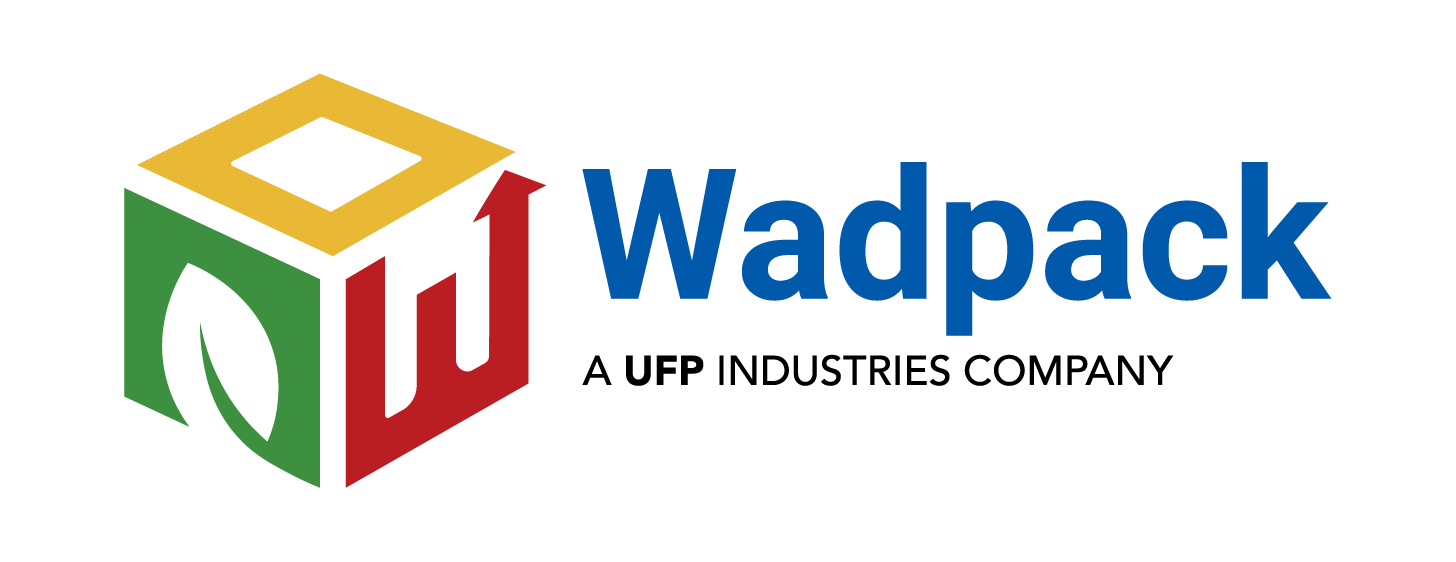
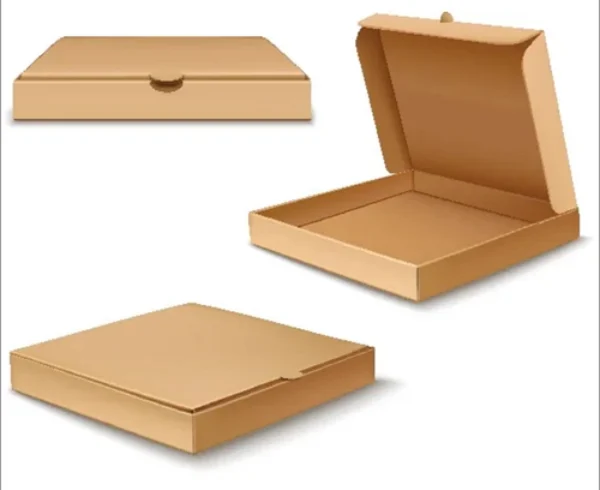
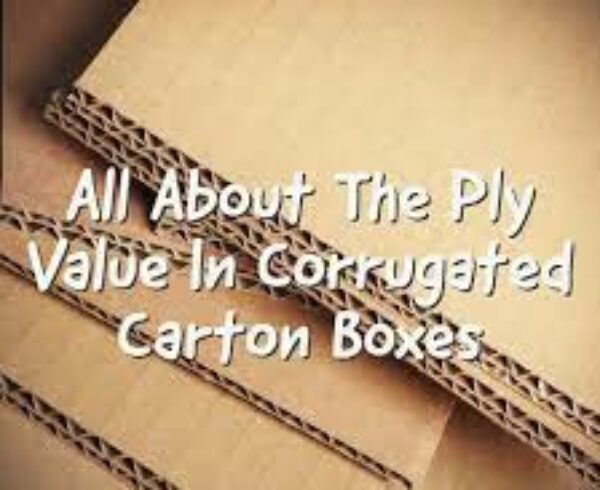
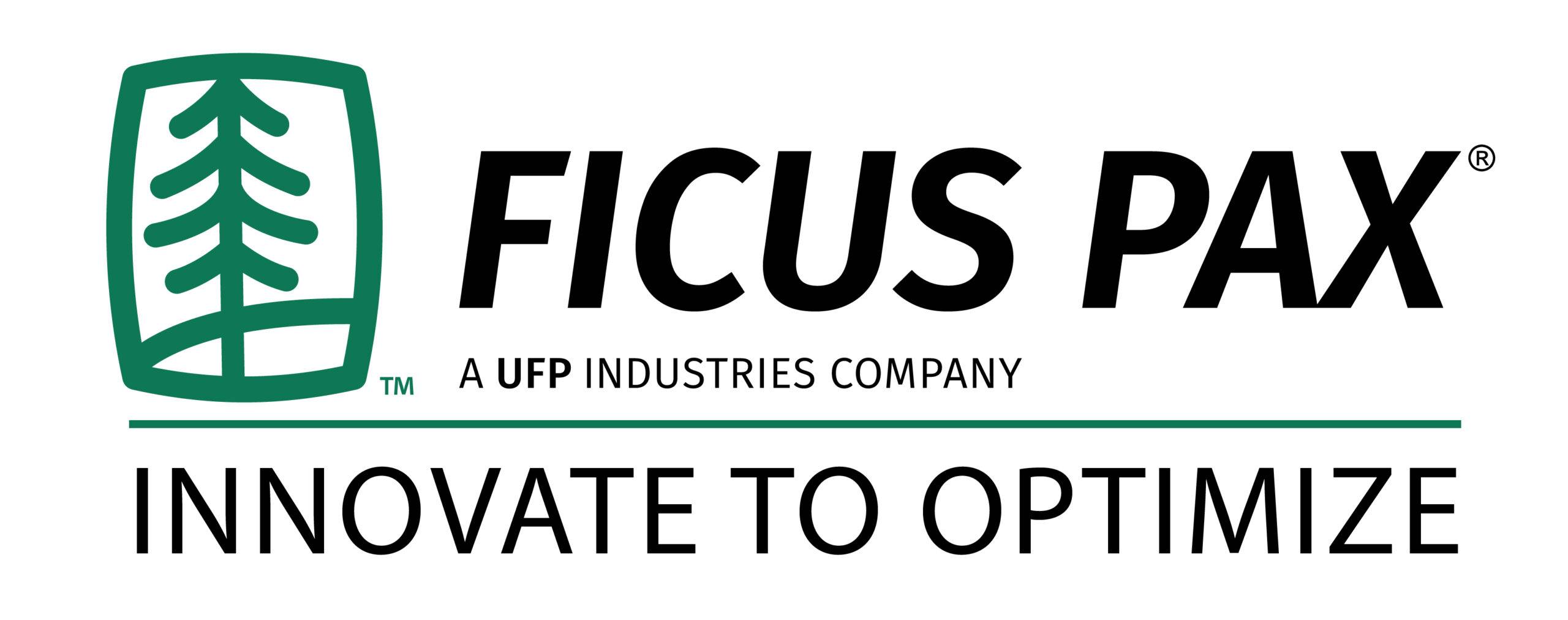
Leave a Comment